Earlier this week, Mitsubishi Motors Philippines Corporation (MMPC) hosted executives from its Mitsubishi Motors Corporation (MMC) mother company in a press conference with the local motoring media.
The executives shared their plans and projections for the local market, the most exciting of which is the arrival of the first-ever Xforce compact crossover.
It’s amazing what a car company can do with a given platform. Sure, platform-sharing has been around since the late ‘90s, when the Toyota Corolla and Honda Civic spawned the first-generation RAV 4 and CR-V.

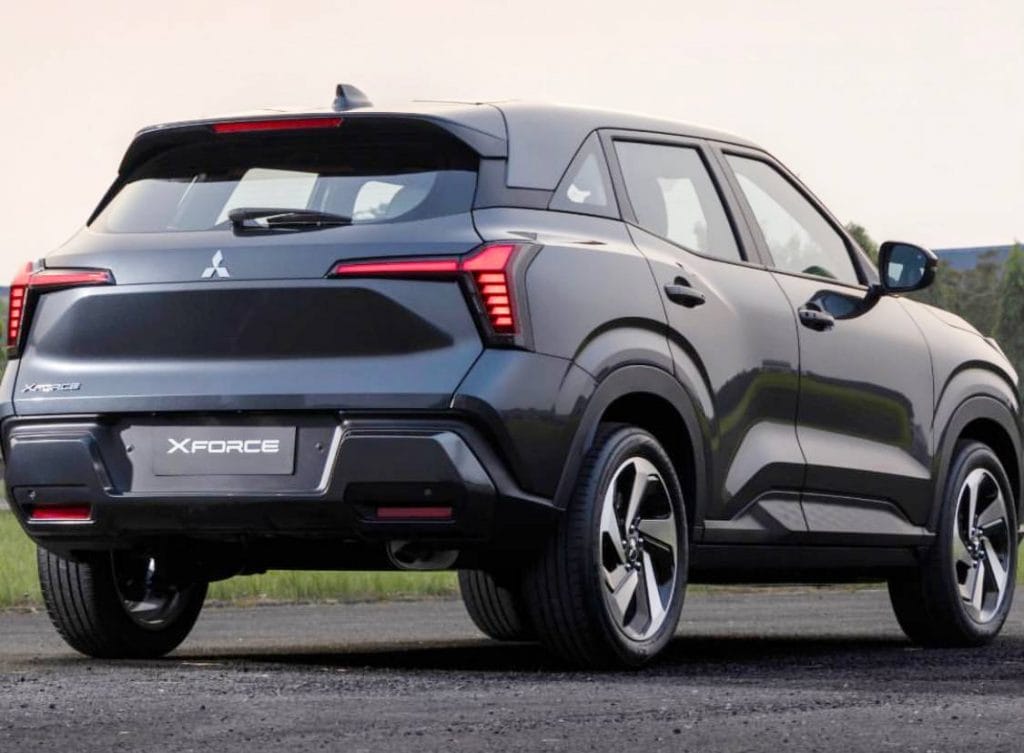
Lately, the trend has been for the popular subcompact 7-seater MPVs to be dressed up into SUV lookalikes with raised ride heights, the customary black plastic fender trim, and higher aspect ratio tires. That’s how we got a Rush from the Toyota Avanza, a BR-V from the discontinued Honda Mobilio, an XL-7 from the Suzuki Ertiga, a Stargazer X from the Hyundai Stargazer, and the Xpander Cross from the Mitsubishi Xpander.
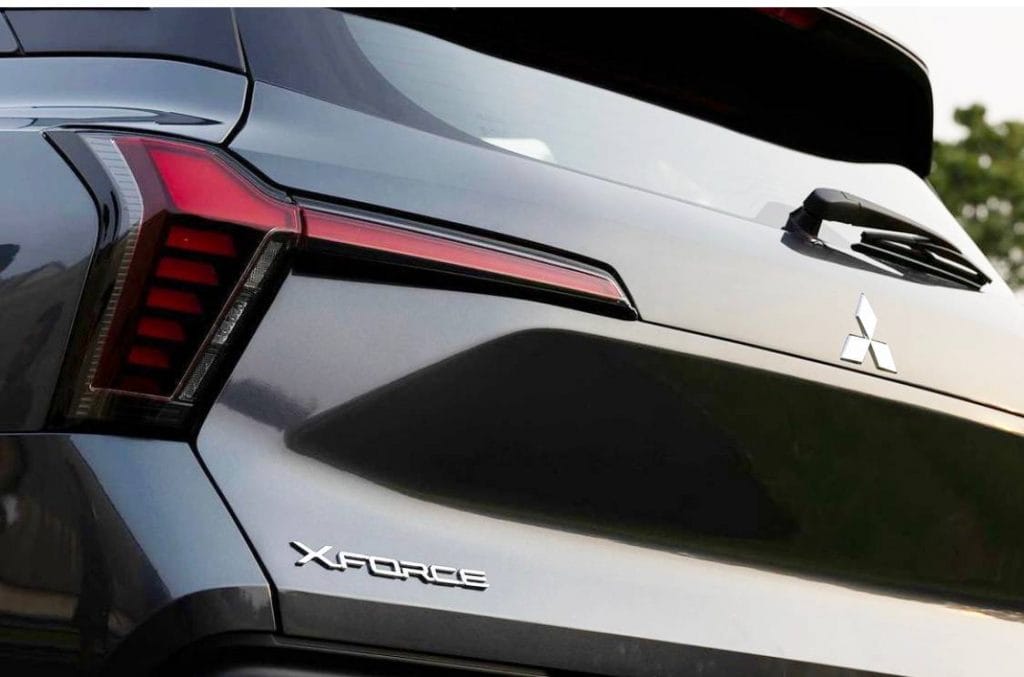
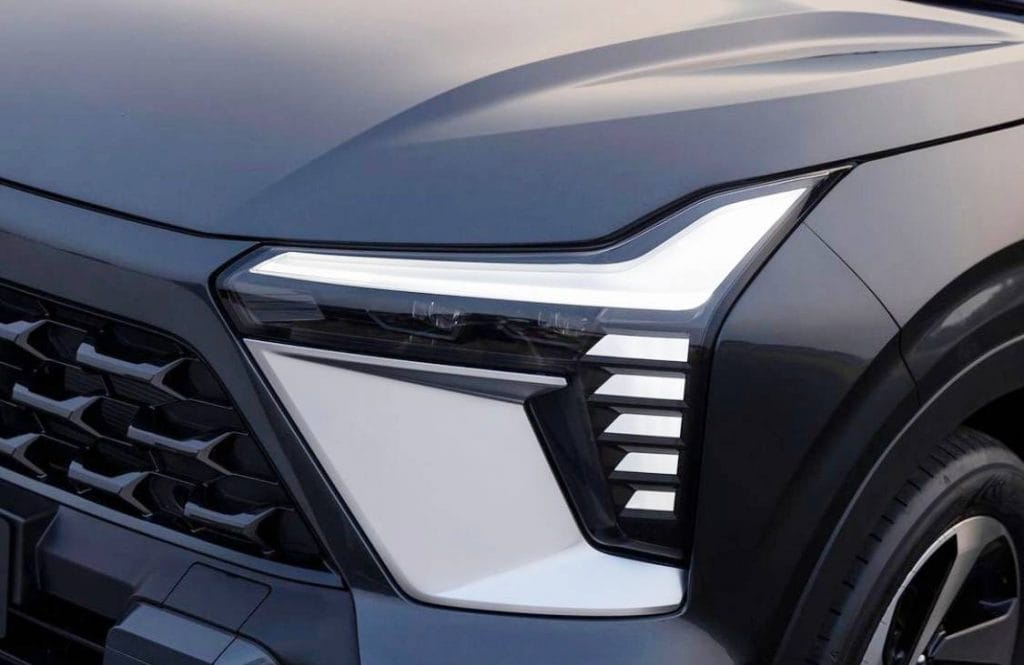
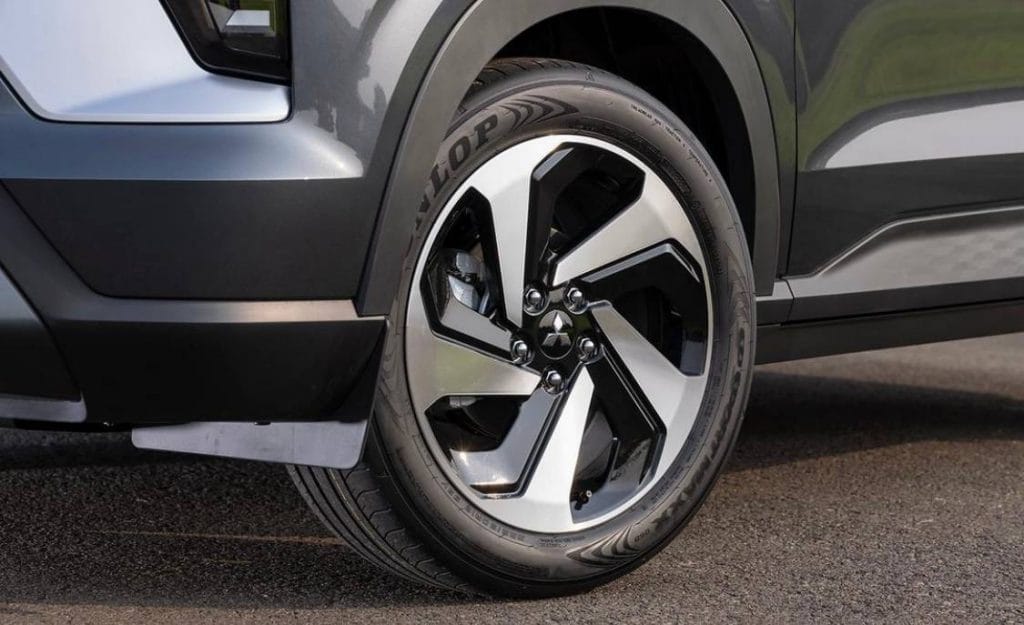
But Mitsubishi had another ace up their sleeves. They managed to pull another crossover—this time looking like a proper 5-seater compact SUV—from its Xpander.
It’s called the Xforce, and it will be arriving in the Philippines this June.
Built at Mitsubishi’s Krama Yudha plant in Indonesia, the Xforce is a crossover that marries true SUV styling with an MPV’s versatile interior and easy-to-drive characteristics.
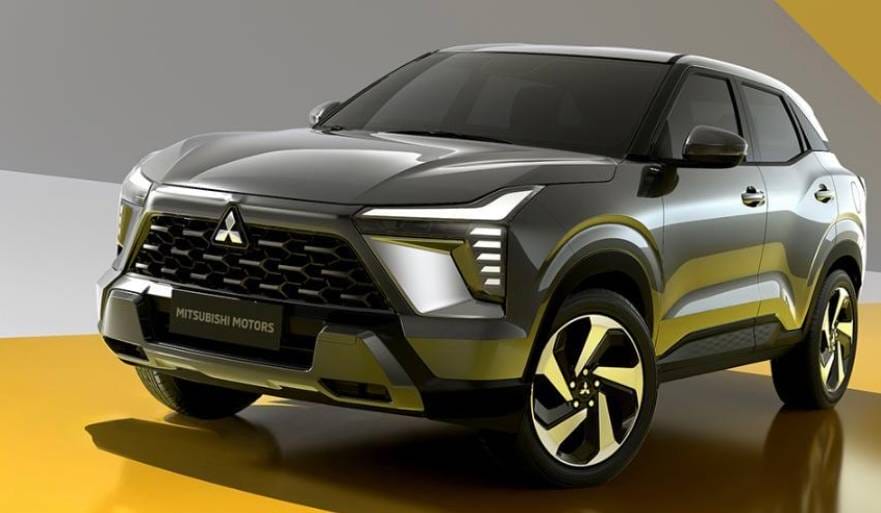
The Xforce sports the current Dynamic Shield design language, creating an instant visual connection to the rest of the Mitsubishi lineup. It boasts class-leading ground clearance of 222mm while big 18-inch alloy wheels and 225/50R18 tires underscore its powerful styling.
Inside, the Xforce uses Mitsubishi’s Horizontal Axis dash concept, which features a stain-resistant mélange fabric to pad the instrument panel. A large 12.3-inch display runs the brand’s Smartphone-link display audio. Available features include a smartphone wireless charger, dual zone climate control, and an automatic-dimming rearview mirror.
Mitsubishi officials were justifiably proud to point out the new car’s superb Dynamic Sound Yamaha Premium audio system, which is comprised of eight speakers, with front tweeters on the A-pillars on both sides, woofers in the front doors, and coaxial two-way speakers in the rear doors. The system offers four sound types that can be selected according to musical taste and mood: Lively (factory setting), Signature, Powerful and Relaxing.
Under the hood of the CVT-equipped Xforce is a 1.5-liter DOHC 4-cylinder engine (the same powerplant in the Xpander). It produces 104hp and 141Nm of torque.
Its suspension has been tuned with ASEAN roads in mind, which means it should be able to soak up bumps and potholes without upsetting the occupants. Aside from its ample ground clearance, its approach and departure angles are among best in its class at 21 degrees and 30.5 degrees. Not bad for a reengineered MPV.
Despite it being front-wheel drive, the Xforce uses Mitsubishi’s four-wheel control technology to approximate the dynamic capabilities of an SUV. The four drive modes of Normal, Wet, Gravel, and Mud allow the car to deal with a range of road conditions by integrating Active Yaw Control (AYC) that adjusts the driving force on the front left and right wheels to improve steering control, and traction control that monitors tire skidding by adjusting engine response. The Wet mode improves cornering and stability on wet roads, making it less likely to lose steering control even when driving over deep puddles.
No prices or specific variants were announced for the Xforce, but Mitsubishi executives claim that prices will be competitive against its rivals, which include the Toyota Yaris Cross and the growing number of Chinese subcompact crossovers. MMPC expects to sell around 7,000 units of Xforce annually, raising their market share in the local car industry to 20 percent from the current 18.
This year is proving to be an exciting time for Mitsubishi.

